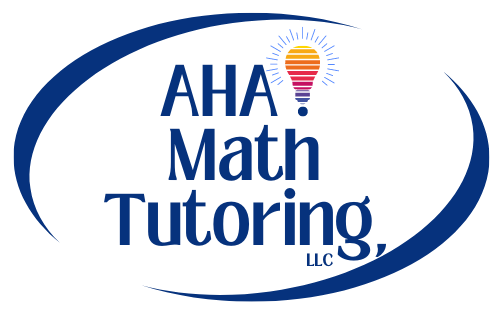The Role Students Play in Their Own Learning Process
Together we are going to explore the importance students play in their own learning process when it comes to learning math. Before we begin, let’s clarify the concept of ‘direct instruction.’ In educational settings, direct instruction involves explicit guidance provided by teachers, precisely explaining what students need to do or how to approach a task to achieve a specific outcome. While direct instruction certainly has a place in mathematics education, it’s important to know that relying too heavily on this approach takes away opportunities for students to engage in critical thinking and develop their own problem-solving strategies.


Too often in math, students are expected to memorize algorithms instead of using the power of inquiry and visualization to tackle mathematical challenges. This emphasis on rote memorization can have a negative effect on their ability to develop a deeper understanding of mathematical concepts and on their creativity in finding solutions. So knowing this, what approach can be taken to encourage students to take a bigger role in their own learning and understanding in math?
On the opposite side of the spectrum from direct instruction is inquiry based learning, which is centered around guiding students to explore mathematical concepts through questioning, investigation, and discovery. This approach empowers students to actively engage with the material, creating a deeper understanding and ownership of their learning process.
So how do we move the needle from less direct instruction to more inquiry-based learning? Here are four suggestions to guide us toward a more balanced approach:
#1 - Use Enriched Math Tasks
Rather than giving students context-less numerical problems on worksheets, let’s provide them with enriched math tasks with real-life contexts. Parents can play a pivotal role by seeking out everyday opportunities to engage in math discussions with their children. From cooking and baking to budgeting and analyzing sports statistics, there are numerous real-life scenarios where math comes into play.
#2 - Utilize Models
Encourage students to use models and manipulatives to visualize problems and possible solutions. Contrary to common belief, math models aren’t just for elementary school. They serve as invaluable tools for all students, regardless of age, in building conceptual understanding and facilitating mental math.
#3 - Give Time for Exploration
Give students time to develop their own problem solving strategies. Math shouldn’t be treated as a race, and students who are not used to exploring a solution themselves may need additional time to think critically and explore ideas. Productive struggle refers to a reasonable amount of time for a student to independently struggle with a task that they can overcome, which supports resilience and growth. In a situation where a task proves to be overly challenging, teachers can step in as facilitators, guiding students with questions to help with their understanding.
#4 - Promote a Growth Mindset
Promote a growth mindset that prioritizes the process of learning over a fixation on perfection or grades. Encouraging students to embrace mistakes is a valuable part of the learning journey, shifting away from a mindset centered on avoiding errors to one that celebrates continuous improvement and learning from setbacks.
Ultimately, the role students play in their own learning process is crucial. By embracing a balanced approach that combines enriched math tasks, the use of models, ample time for exploration, and the promotion of a growth mindset, we empower students to take ownership of their mathematical learning. Let’s create an environment where students are encouraged to think critically and embrace challenges as opportunities for growth, further supporting their independence as middle school mathematicians.

About the Author
Crystal Paul
Let's Learn Together!
I’m on a mission to empower students to embrace challenges and cultivate a belief in themselves that they can learn and grow! If you’re ready to help your middle schooler rewrite the narrative around their math education, schedule a free 15-minute consultation to learn how virtual math tutoring can help.
